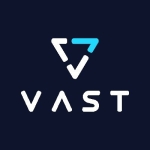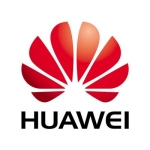The valuable features for us are the extra add-ons, such as the FIM provisioning, the compression, the disaster recovery capabilities, and the storage pooling functions.
Most of my customers love it because it's easy to use and easy to manage. They can get their applications up and running very fast. They can buy it at a good price.
I would like to see the connection to cloud service providers, although I think that's already there. There's not much more that I can tell you. There are some issues on a firmware level. It's not very transparent. The option to connect to a Cloud storage provider seems to be available but there is not much detail on how it's implemented.
As a field engineer I’m used to how the systems work. Some customers however have expressed to me , well for lack of better word “anxiety” at not being able to see more of what goes on in the background (as an option). They would like a more detailed progress of the firmware upgrade process. (i.e. NVRAM,controller, etc…).
AHV is Acropolis Hypervisor – A relatively new Hypervisor, robust and stable as VMware vSphere, has built-in advanced analytics and powerful operations, Self Service Portal and components for DevOps included, managed by a single pane of glass (Prism) via HTML5 and it is free of charge – That is why Nutanix is so advanced and revolutionary.
The challenge here is in order to replace massively Install base of VMware vSphere they need to expand their ecosystem with ISVs (i.e. F5, PaloAlto, Citrix, TrendMicro etc.) to provide a wider range of solutions running as a virtual appliance (vApp) just like VMware did years ago.
Currently there is an ecosystem but I think it is around 30-40 providers.
So far, it's been a very stable platform. There have been some issues lately with some bad codes, but for the most part, it's been very stable. It is something that I can recommend at any time.
Scalability has improved so far. It seems like every year there are more and more expansion added to that.
I have used the technical support and so far it has been very good. The response was a little bit lacking last year, but it looks like it's been improving.
Just buy it. Support for sure is important when considering which vendor to go for, as well as ease of use and the track record of the code base.










